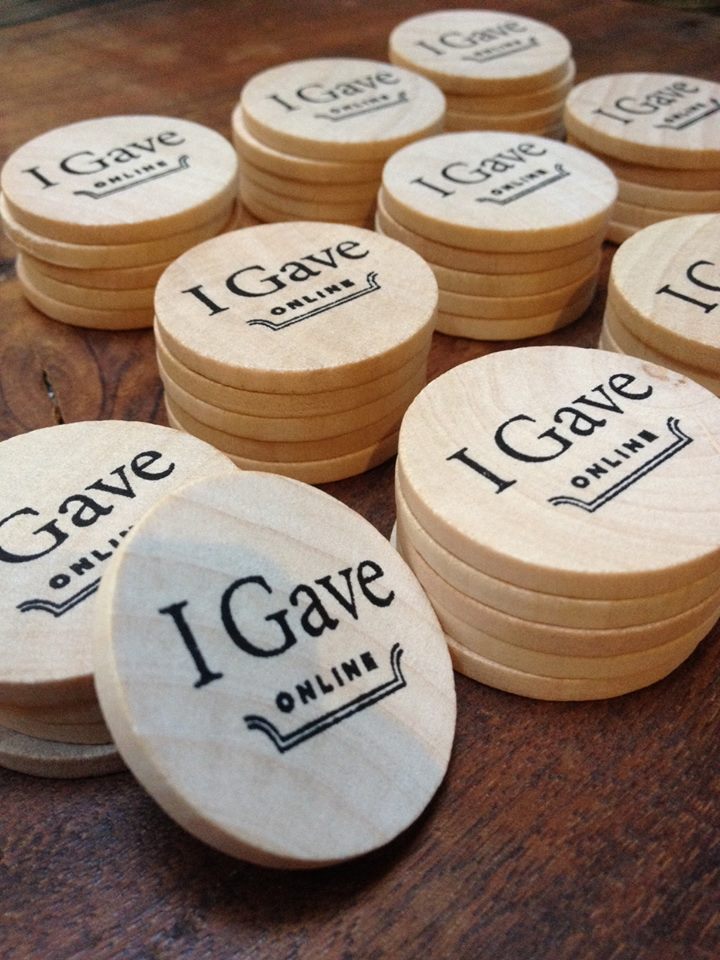Mickey, you speak the truth. Allow me, a humble chihuahua, to arm you for battle with the best practices for online fundraising, so that you can make your case to your boss that a capital campaign website is indeed important. I’ll also share the important parts of fundraising campaigns , and tell you how to get setup to receive online donations with a capital campaign website inexpensively!
Anatomy of a Successful Capital Campaign Website
To get started on your fundraising success, let’s take a look at the components of a solid capital campaign website. When you see the various features required, it quickly becomes clear that cramming all of this in your existing website makes little sense..
The campaign website should include:
The Plan
(What are we doing?)
Include an online presentation of your plan, expanded to include all the stuff that wouldn’t fit in the brochure, such as additional copy, renderings, a site plan, etc.
Campaign Prayer/Mission
(Why are we doing it?)
The campaign prayer (or mission statement for secular efforts) should be prominently displayed to keep the “real” focus ever-present.
Progress Bar
(How well are we doing?)
A progress bar shows your campaign goal (and challenge goal, if you have one) and tracks progress towards (and beyond) those benchmarks. The progress bar should be structured so that it can be activated only after the kickoff, with advance gifts in hand.
Q+A
(But what about x, y, z?)
Donors don’t give as much if there is uncertainty. A good Q+A anticipates common questions and responds quickly to new donors, keeping any misinformation in check and ensuring no question goes unanswered.
Resources
(Where can I learn more?)
A resources section provides information on planned giving so that donors can consider gifts of appreciated property and more in addition to their cash pledge. It can also be a place to provide downloadable architect’s plans, detailed study information, a masterplan document, and more.
News
(What’s happening?)
A news feature enables you to highlight particular aspects of your plan in greater depth, enable testimonials from key constituencies, announce campaign milestones, and more.
Video
(Show me.)
A campaign video is a great way to bring your plans to life on the website and can be shared via email and elsewhere.
Gifts Table
(Where do I fit in all this?)
The gifts table shows the sizes and numbers of gifts required to make your campaign a success. This illustrates the importance of the “widow’s mite”…the many small gifts required to take the campaign over the top. It also makes clear the importance of leadership gifts.
Gifts Calculator
(How much can I afford?)
Sure, “Give until it feels good” is nice advice, but a gifts calculator helps donors budget their giving. With this tool, donors can enter a total pledge and see how much would be given on a periodic basis to meet that commitment. Or they can enter what their periodic payments might be and see a total pledge. Oftentimes, a calculator enables donors to see that they are capable of giving more than they anticipated when the gift is broken into smaller payments.
Pledge Form
(I’m ready!)
Last but not least, a secure pledge form enables you to collect pledges digitally. Ideally, it also enables inexpensive online giving so that donors can pay digitally, too, reducing pledge attrition and enabling the whole system to more than pay for itself.
Those are the pieces. But how they come together matters, too. Here are a few aspects to consider:
Mobile-friendly: The campaign site must be created using responsive design so that it functions on smaller devices and caters to the 20-40% of your audience viewing it from a smartphone.
Visually Consistent: Even though it is a different medium from your printed materials, the campaign website should share the same visual identity and look like a natural extension of your printed communications.
Secure: The site must be hosted securely so that sensitive data is kept safe and so that savvy donors see you take their privacy seriously.
Easy to Update: A content management system should exist to allow administrators easy access to update the site and view pledges without paying (or waiting for) a developer.
Easy to Maintain: Don’t build the site by cobbling together a bunch of what-the-cat-dragged-in Wordpress plugins. Over the life of the campaign (3-5 years), plugin updates will occur that cause conflicts and unexpected outcomes—visually and functionally. Troubleshooting conflicts can take many hours.
The GivingTools Solution
You have a number of options. You can try to fit the above in your current website (good luck, my friend). You can build a site from scratch that provides this function (will it be done before the campaign is over?). Or, you can partner with a resource that provides capital campaign websites.
GivingTools can provide you with an off-the-shelf solution for capital campaign websites. As far as I know, we are the only resource that offers this particular specialty. Because it is off-the-shelf, it costs a lot less than a fully custom solution. And we can build it quickly. Very quickly.
For a single up-front fee (well under $1,000), we take a pdf of your campaign materials and create the entire site in just a few days. We include secure hosting for 3-5 years at no extra cost. And to allow online pledge payments, we just link in your GivingTools online giving account.
By embracing the campaign site as part of your campaign communications, your campaign brochure can be a clear and compelling overview, leading donors to the site for more details. If somebody loses a pledge card (or wishes to make an additional commitment), it is just a click away. And with online giving, pledge attrition (unfulfilled pledges, 3-4% of total pledges) can be dramatically reduced.
A dedicated capital campaign website is an oft-overlooked resource that can help maximize the effectiveness of your campaign. Mickey, I hope this gives you what you need to either built this right or have us build it for you.
Good luck!



